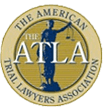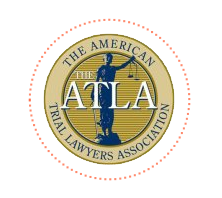A Child Car Seat Law? View the Requirements
Driving without distraction is the most important thing to remember while on the road, but it’s hard when your child is flailing around begging you to stop for ice cream in the back seat. Unfortunately, seat belts aren't advanced enough to secure the child to the seat while on the road. Child car seats give you that added safety feature for your child. Besides, knowing that your child is secure, means one less distraction while trying to get home safely.
The state of New Jersey just recently issued a new child car seat law, effective Sept. 1 2015, which includes a requirement similar to what Texas has followed for years. Suggested by the American Academy of Pediatrics (AAP) in 2011, children under the age of two, or under 35 pounds, must have a “rear-facing” car seat for ultimate safety.
Texas adopted these suggestions made by the AAP along with a few additional requirements for child safety seats, listed below.
- Children 1- 4 years old are required to have a child safety seat
- Forward facing child safety seats should only be granted to children over 35 pounds
- Children ages 4 - 8 or less than 4 feet 9 inches are required to have a booster seat
- The make and model of the child safety seat must be manufactured in 1981 or later
- Child safety seats must be approved by federal motor vehicle standards
- Users must comply with child safety seat height and weight restrictions
- Users are encouraged to check for recalls concerning broken or missing parts
The AAP recommendations are based on a study conducted by BMJ Injury Prevention which compared injury statistics for 15 years worth of crashes involving children under age 2. Researchers compared the injuries sustained by children in crashes and found "the odds of severe injury for forward-facing infants under 12 months of age were 1.79 times higher than for rear-facing infants; for children 12 to 23 months old, the odds were 5.32 times higher." These statistics inspired the laws we hold here in our great state of Texas. Other states are now adopting these laws to increase the safety of our children on the roads.
For further advice on child car seat safety, visit the Texas Department of Public Safety website. If you or someone you love has a child please share these laws with them, in turn reducing the impact of personal injury from a wreck. If you have recently been a victim of a car wreck and are in need of law assistance, contact Colley & Colley law firm in Tyler, Texas for a free consultation.















